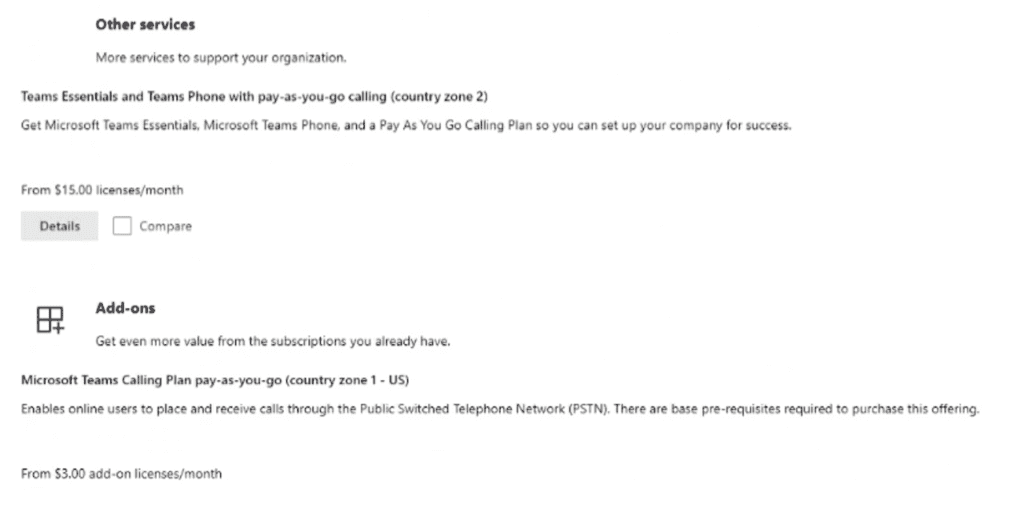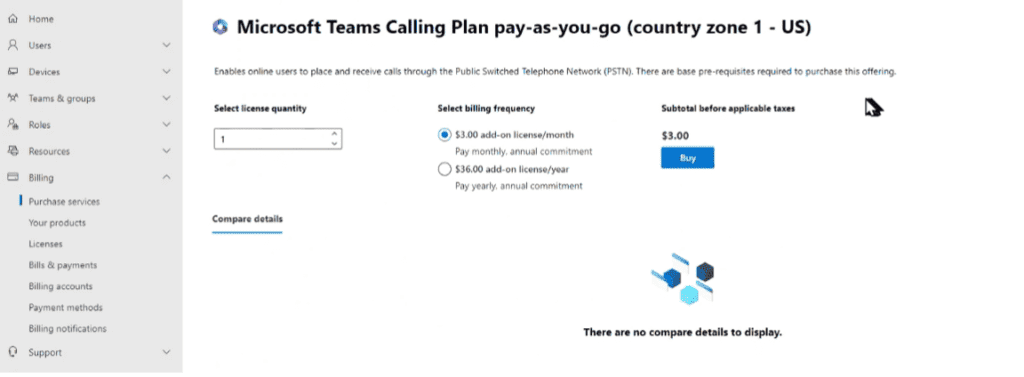Microsoft’s $3-per-user Teams Calling Plan introduces flexible, usage-based pricing—cutting costs for low-volume callers and giving IT leaders a new tool to optimize their UCaaS strategy.
Microsoft recently released Pay-As-You-Go Calling Plans for US-based customers. This is a BIG DEAL for organizations whose users don’t make a lot of phone calls.
Pay-As-You-Go plans for Microsoft Teams calling has introduced a new level of flexibility and cost-efficiency. This blog outlines the concept and benefits of these plans.
Overview
The trend towards lower-priced calling plans has been underway for years, with mobile operators setting the bar by offering unlimited calling. However, until now, business plans (whether SIP Trunking or Unified Communications-as-a-Service (UCaaS) pricing) have had a higher bar for minimum monthly spend. Pay-As You-Go plans take a further chunk out of that base expense.
Now, people can be assigned a $3 Per User Per Month (PUPM) calling plan, and then pay $0.03 per minute for every outbound call. For people who make less than 200 minutes (3.33 hours) of calls per month, this is likely a better deal than other MSFT cloud calling options.
Why Pay-As-You-Go?
1. An Alternative to High-Minimum Subscriptions
Until now, Microsoft’s US Calling Plan customers were provided a fixed number of minutes for a fixed monthly fee (i.e. $12 PUPM for 3000 minutes). However, this approach lacked flexibility and failed to cater to users with low call volumes. Large customers would just negotiate big discounts as a result. Pay-As-You-Go plans disrupt this model by allowing all businesses to pay only for the minutes they actually use.
2. Pricing Matched to Usage
One of the key tenets of cloud services is to pay for what you use. This pricing model ensures that businesses pay for consumption, eliminating overpayment for unused minutes. Pay-As-You-Go plans come with dynamic pricing that considers factors like call destination (local or international), call type (landline or mobile), and the originating country.
Unlimited incoming minutes are still included. In Pay-As-You-Go, no outgoing minutes are included. The outbound rate from US numbers to call US numbers is $0.03 / minute. Calling from US to international numbers varies according to a metered rate card.
To see that rate card, navigate to Microsoft Teams Audio Conferencing | Microsoft Teams and toward the bottom, configure the drop downs as follows (US customers should select US in Step 1). Clicking “Download rates” will provide a .xls which shows the per minute rates.

That rate card shows the origin and the cost to call other destinations. In a pertinent screen shot below, calling from the US to all US prefixes (1+area codes) costs $0.03/minute, while a call from the US to Uruguay would be $1.43/minute.

For people making lots of calls to Uruguay (and the like), selecting a fixed fee plan and adding an international calling plan is a better option.
3. How to Pay Microsoft for Usage
There are two options for organizations to compensate Microsoft for Pay-as-You-Go.
- Communication Credits or
- Post-Usage Billing (for new commerce experience calling subscriptions only).
Communication Credits serve as a virtual calling card from which calling minutes are deducted. This empowers businesses to have full control over their expenses, maintaining a budget that aligns with their communication needs.
Licenses and calling plans are assigned to users based on needs and MSFT 365 ID.
4. Usage Monitoring and Reports
Microsoft provides a Teams PSTN usage report to track recent fees. Reports provide call durations, destinations, and associated costs. This transparency enables organizations to analyze their calling patterns and make informed decisions about their calling plan choices. For instance, if a particular user is consistently over $3/month in Pay-As-You-Go costs, they could be moved to a fixed plan with more minutes.
5. Competitive Differentiation
Ring Central has no such low-entry point, and Zoom advertises Pay-As-You-Go only as a way to pay for services used in excess of the base plans.
Adding Pay-As-You-Go
In the M365 tenant, under billing, Teams Communications Administrators are able to assign users to the Pay-As-You-Go calling plans.

Note the $3 PUPM reference above.

Other Factors
Pay-As-You-Go is but one of many options for making calls to the Public Telephone Network from Microsoft Teams. An organization can mix/match licenses and assign them to different users in the organization.
While it’s likely the best option for people making very few calls per month, there are other factors, including flexibility, ease and consistency of support, and disaster recovery.
The other options are outlined in detail in our past blog, and summarized in the following table.
| Characteristics | Pay-As-You-Go | Direct Routing | Operator Connect | Microsoft Calling Plans |
|---|---|---|---|---|
| Cost | $3 PUPM + per minute usage | Varies based on Telecom Provider | Varies based on Operator (~$6) | Fixed Monthly Fee (~$12 for 3000 minutes) |
| Administrative Overload | Low | Moderate to High | Low to Moderate | Low |
| On-Premises Equipment | None Required | Required (To Integrate To On-Premises Systems) | Not Required but Supported | Not Required |
| Interop Flexibility | Low | High | Moderate to High | Low |
| Disaster Recovery/Resilience | Reliant on MSFT Cloud | Many Options, Including Survivable Branch Appliances | Calls Can Be Routed Independently of MSFT Cloud | Reliant on MSFT Cloud |
eGroup has recently heard from customers who are polling their users and finding in some cases that ~50% of their population do not want or need a business phone number. They’re finding most people are on scheduled conference calls and not making outbound calls.
The introduction of Pay-As-You-Go plans in the USA for Microsoft Teams calling supports this trend. By offering a flexible approach to communication expenses, these plans empower organizations to tailor their communication strategies to their specific needs. Microsoft is leading the way with adaptable, cloud-first solutions.
With Pay-As-You-Go, businesses can now embrace a model that aligns expenses with actual usage, promoting efficiency and control. As remote work, online meetings, and cell phones continue to reshape the way we work, the flexibility and transparency of Pay-As-You-Go plans position Microsoft Teams as a leader in the future of business communication.
Learn more about Microsoft Teams Calling Options
Interested in learning how to migrate your current communications to Microsoft Teams?
Contact our team of experts to get started on the journey of saving time and money!



